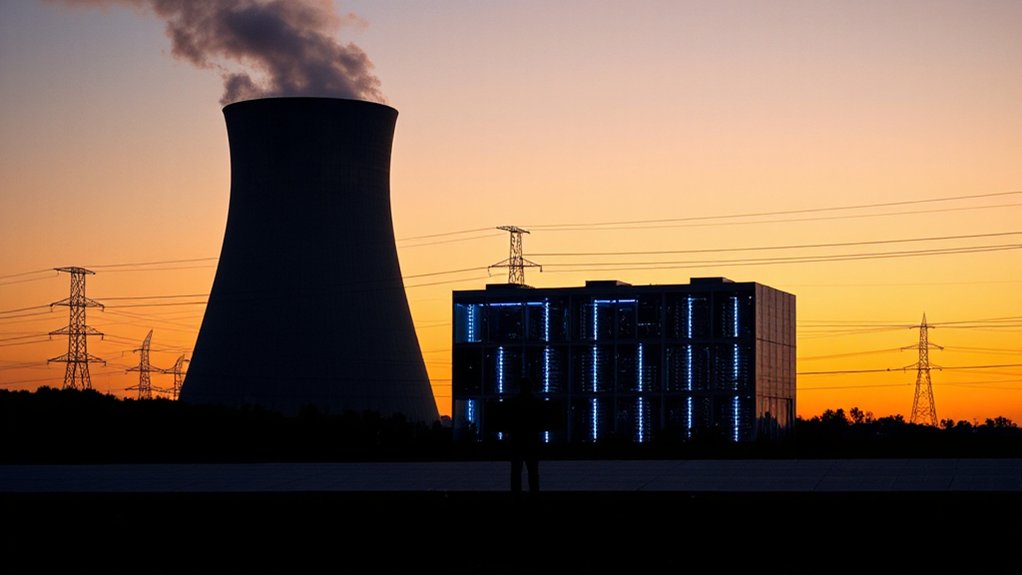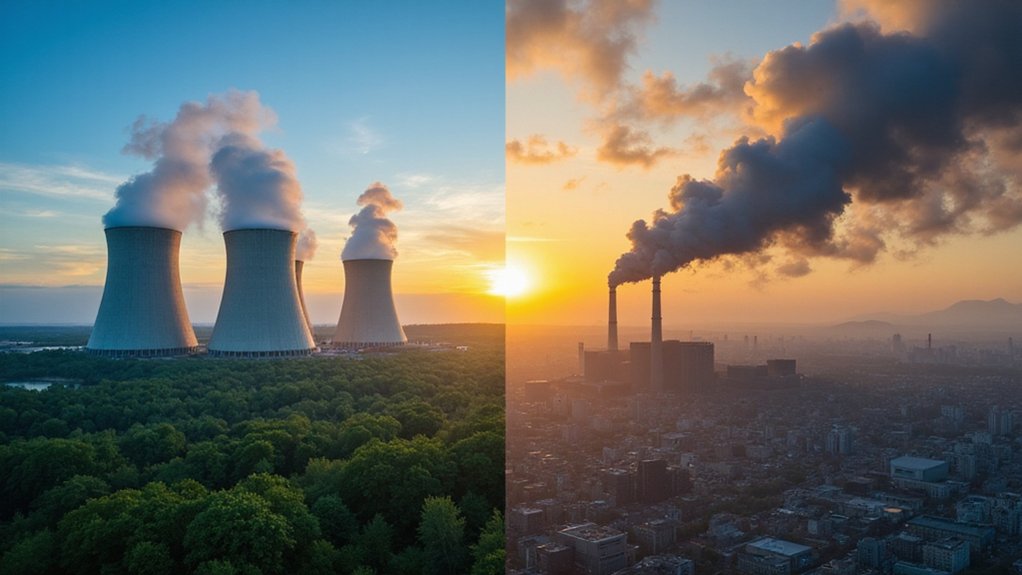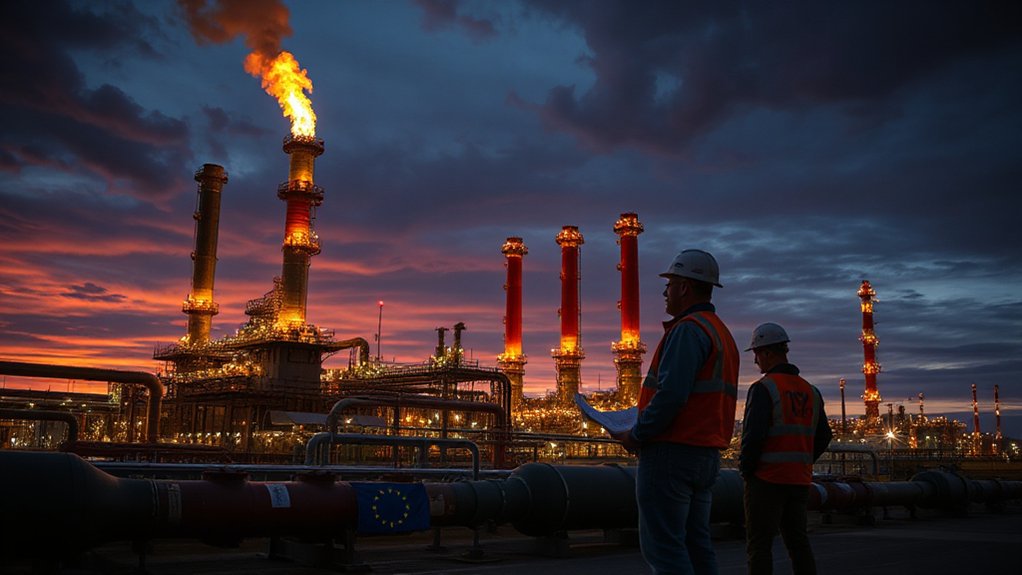Gluttony has a new poster child. Artificial intelligence is devouring electricity at a pace that would make even the most power-hungry technologies of the past blush. Data centers already gulp down 4% of America’s electricity, but that’s just the appetizer. By 2030, they’ll more than double their consumption to 426 terawatt-hours annually. Not impressed? That’s equivalent to powering millions of homes.
And here’s where things get nuclear—literally. The sheer scale of AI’s electricity demands is breathing new life into an industry many had written off. Nuclear power, once the awkward middle child of energy production, is suddenly looking like the popular kid at the dance. With data centers projected to grow from 4 gigawatts today to a staggering 123 gigawatts by 2035, something’s gotta give.
These aren’t your grandmother’s server farms. New mega-centers will consume up to 20 times more power than current facilities. We’re talking about single campuses that need the equivalent of five nuclear reactors just to keep the lights on and the algorithms churning. Ridiculous? Absolutely. Necessary? According to tech giants, yes. Microsoft’s 20-year deal for 835 megawatts from the former Three Mile Island site demonstrates the tech industry’s long-term commitment to nuclear power.
The geographic concentration is troubling. Virginia now sees 26% of its electricity disappearing into the digital ether of data centers. Other states like North Dakota and Nebraska are following suit. The grid wasn’t built for this kind of localized hunger. As Deloitte’s research indicates, specialized AI processing units can transform a modest five-acre facility from consuming 5 megawatts to requiring 50 megawatts of power.
Regional power grids buckle under tech’s voracious appetite, with whole states becoming digital all-you-can-eat buffets.
Meanwhile, the environmental math gets complicated. All this computing could add 1.7 gigatons of CO2 to our atmospheric tab by 2030. Clean energy growth is expected but not guaranteed to keep pace. While renewable energy generation is anticipated to grow from 23% to 27% by 2026, it won’t be enough to satisfy the voracious appetite of AI workloads.
Behind closed doors, only a handful of companies—Google, Microsoft, Amazon—can even afford the monstrous electricity bills required to train large language models. The rest of us just consume the finished product, blissfully unaware of the nuclear renaissance funding our AI assistants.
The irony? Nuclear power’s $2.2 trillion comeback is being bankrolled by our insatiable appetite for smarter machines. Talk about an expensive dinner date.
References
- https://www.morganlewis.com/blogs/datacenterbytes/2025/02/artificial-intelligence-and-data-centers-predicted-to-drive-record-high-energy-demand
- https://www.deloitte.com/us/en/insights/industry/power-and-utilities/data-center-infrastructure-artificial-intelligence.html
- https://www.imf.org/en/Blogs/Articles/2025/05/13/ai-needs-more-abundant-power-supplies-to-keep-driving-economic-growth
- https://iee.psu.edu/news/blog/why-ai-uses-so-much-energy-and-what-we-can-do-about-it
- https://www.pewresearch.org/short-reads/2025/10/24/what-we-know-about-energy-use-at-us-data-centers-amid-the-ai-boom/
- https://www.carbonbrief.org/ai-five-charts-that-put-data-centre-energy-use-and-emissions-into-context/
- https://hai.stanford.edu/ai-index/2025-ai-index-report








